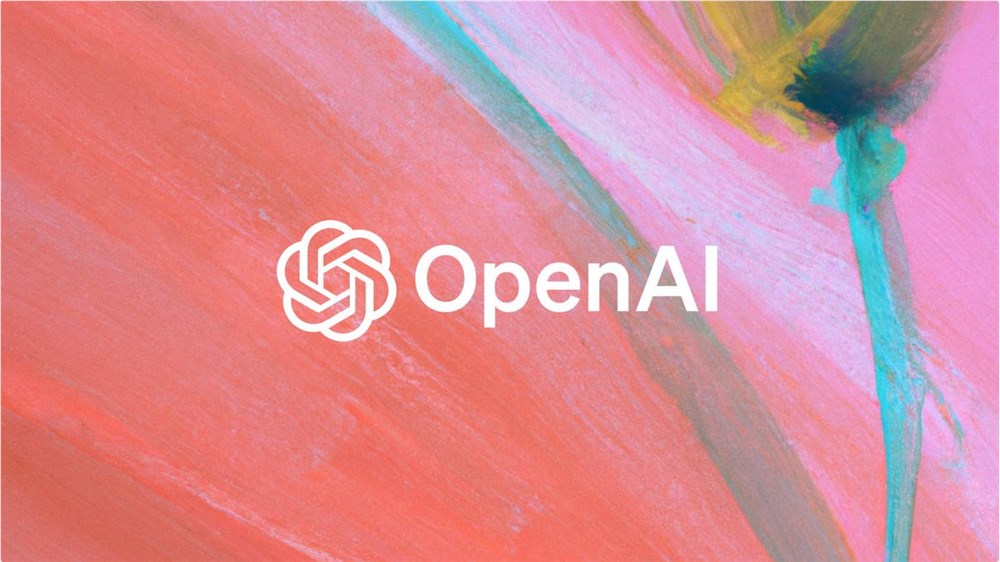OpenAI has applied for trademark registration for its latest inference model “o1”, marking an important move for the company in intellectual property protection and market strategy. This application was not only processed in the United States Patent and Trademark Office (USPTO), but also completed overseas trademark registration in Jamaica earlier, showing OpenAI's emphasis on the "o1" model and its long-term planning. This article will provide an in-depth analysis of OpenAI’s trademark application strategy, discuss the reasons and potential impacts behind it, and review OpenAI’s previous challenges and experiences in trademark registration.
OpenAI recently submitted a trademark registration application to the United States Patent and Trademark Office (USPTO), and the application name is "OpenAI o1". This marks another important step for OpenAI in protecting its intellectual property.
It can be seen from the documents submitted to the USPTO that OpenAI had actually applied for relevant overseas trademarks in Jamaica as early as May this year. This move shows that OpenAI has a clear strategic plan and market layout for its latest inference model o1.

Although the application has been submitted, the USPTO has not yet officially granted OpenAI the trademark. According to the USPTO's online database, the application is currently awaiting review by an examining officer assigned to it.
OpenAI said that o1 is its first "inference" model and will be expanded into a series of models capable of performing complex tasks in the future. Unlike other models, inference models can conduct fact-checking on their own and use more time to think about problems, thereby effectively avoiding common artificial intelligence misunderstandings.
So far, OpenAI has submitted about 30 trademark registration applications, including "ChatGPT", "Sora", "GPT-4o" and "DALL-E". However, OpenAI encountered a setback when it applied for the trademark "GPT" in February this year. The USPTO believed that the term was too generic and failed to successfully register it. Because the name "GPT" is used in other contexts and other companies already operate under this name.
It is worth noting that although OpenAI has applied for multiple trademarks, it has not actively asserted its trademark rights so far, except for a dispute with technical expert Guy Ravine. Ravine claimed that he proposed the name "Open AI" as early as 2015, believing that it was related to his vision of "open source" artificial intelligence at the time. OpenAI firmly opposes this statement. A recent preliminary injunction ruling by the Federal Circuit Court supported OpenAI, believing that it is more likely to win the lawsuit against Ravine.
Highlight:
OpenAI applied for the “OpenAI o1” trademark to protect the intellectual property of its new inference model.
OpenAI applied for relevant trademarks in Jamaica in advance, showing its market strategic layout.
OpenAI won a preliminary victory in the trademark dispute between OpenAI and Guy Ravine, and continues to protect brand rights.
All in all, OpenAI’s trademark registration application for the “o1” model and its cautious attitude towards intellectual property protection reflect the company’s determination to continue developing in the field of artificial intelligence and its long-term plan for the future market. OpenAI’s future trademark strategy and the market performance of the “o1” model deserve continued attention.